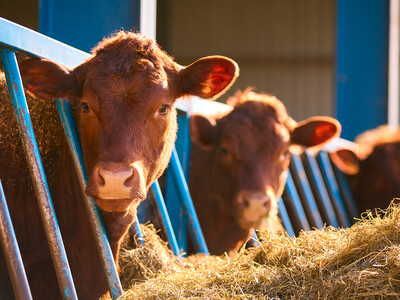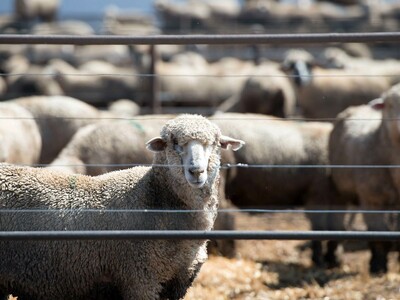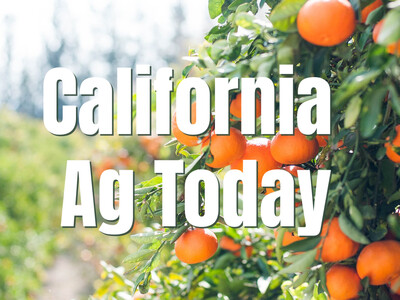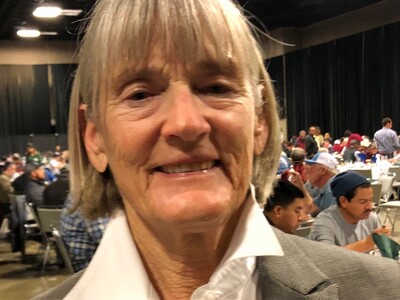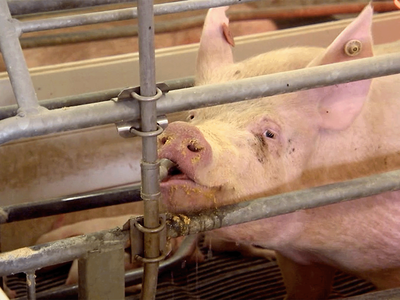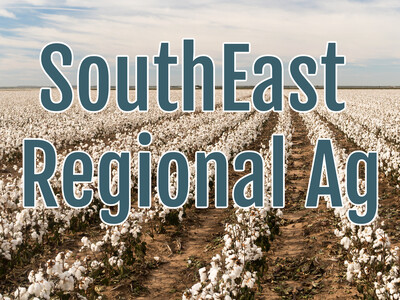Applying for REAP
Applying for REAP. I’m Greg Martin as Line On Agriculture presents the Harvest Clean Energy Report.
This month we have been looking at REAP or Rural Energy for America Program and how various businesses and individuals are utilizing it. Elizabeth McManny, owner of Resource Consultants helps clients in writing grants for REAP funding.
McMANNY: Well it is definitely different to write a grant for the USDA let’s say for the REAP program which is open right now, that grant cycle is open right now. There’s some very specific guidelines that they lay out, but even simple projects – and these are projects that would be a total project cost of $200-thousand dollars or less, end up being about a hundred to one hundred fifty page grant applications.
Obviously there is a lot more to applying for one of these programs than just filling out a sheet of paper.
McMANNY: When we work with our clients the technical report portion of the grants it’s the majority of the scoring so we really want to make sure we have our ducks in a row and everything is set so we do put some of the burden on our clients to make sure that they understand what’s involved with this. And that can include – you need to know what your system size should be if you’re looking at a renewable system.
McManny says you need to have an audit or scoping study done for on-farm operations and also a clear idea of what your usage has been.
McMANNY: And then we want to make sure that clients understand that most of the monies that come in, come in after the project is complete. You really need to have a clear vision of how you are going to finance the project in the interim; if that’s cash from reserves, if it’s a loan, even if it’s credit cards – how you are going to actually get the project completed so that you can receive the grant monies and the federal income tax credits and whatever other incentives are available.
She says you should come prepared to divulge considerable amounts of information.
McMANNY: We have a whole list of things we need from them, some of it is very personal information but we really want a description of their business, we want a description of how they see their business also. It all goes to crafting the story. There are some really key issues for the USDA which it’s a great program because it can fund up to 25% of a project which can really make projects doable that weren’t doable without that money.
For additional information on clean energy, visit harvestcleanenergy.org. That’s today’s Line On Agriculture. I’m Greg Martin on the Northwest Ag Information Network.
www.harvestcleanenergy.org





